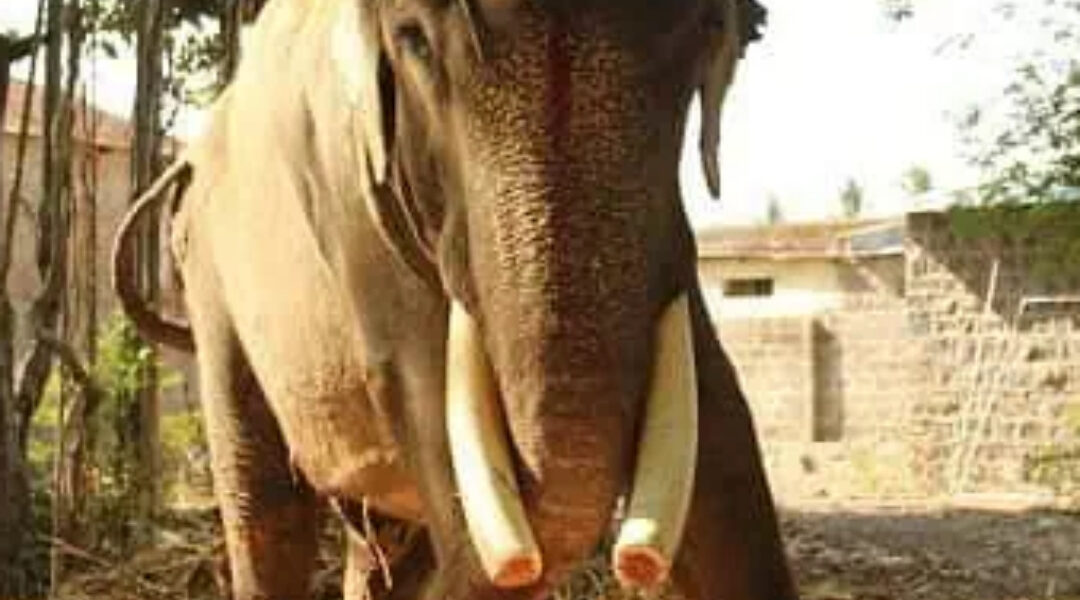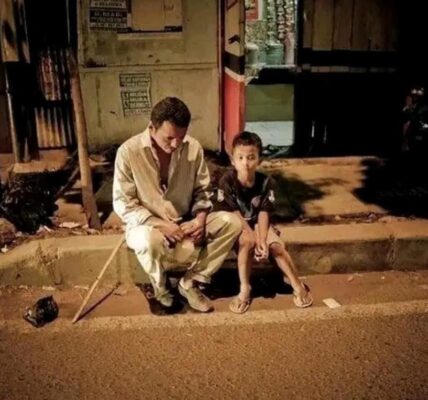For nearly six decades, Gajraj, an Indian elephant whose name means “king,” lived a life that was anything but royal. Taken from the wild as a baby, he was brought to a temple, chained beneath the sun, and paraded before worshippers as a living offering to the gods. To the villagers, he was sacred. To himself, he was a prisoner.
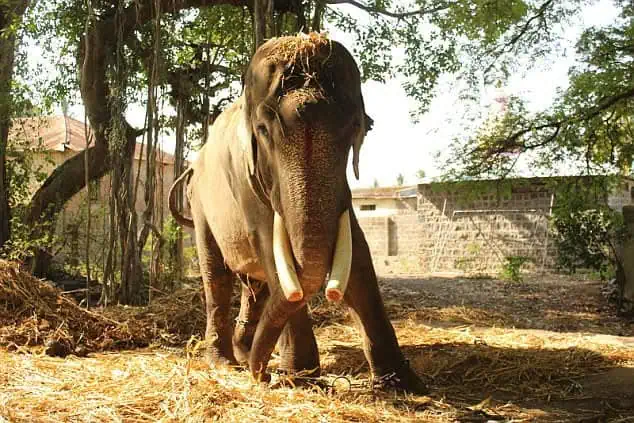
His tusks were sawed off. His legs bore deep scars from chains that never came off. His skin sagged, his eyes grew clouded with age, and infections in his feet left him in constant pain. Yet every day, he stood quietly — bound, obedient, and forgotten.
When rescuers from Wildlife SOS, supported by PETA, finally arrived to free him, they were met not with gratitude, but with anger. Hundreds of villagers gathered, shouting, throwing stones, blocking the road. To them, Gajraj was not a victim — he was family, tradition, faith. They could not see the suffering beneath the symbolism.

Still, the team refused to give up. With the help of police protection, they carefully calmed the frightened elephant. It took hours to guide him into the rescue truck. He hesitated at first — hesitant to trust freedom after a lifetime of chains. But eventually, step by slow step, Gajraj lifted his wounded legs onto the ramp and began the long journey to his new life.
For 930 miles, he traveled toward hope. Along the way, rescuers fed him sugarcane, watermelon, and cool water. They treated his abscesses, massaged his aching feet, and spoke softly to him — words he may not have understood, but kindness he surely felt.
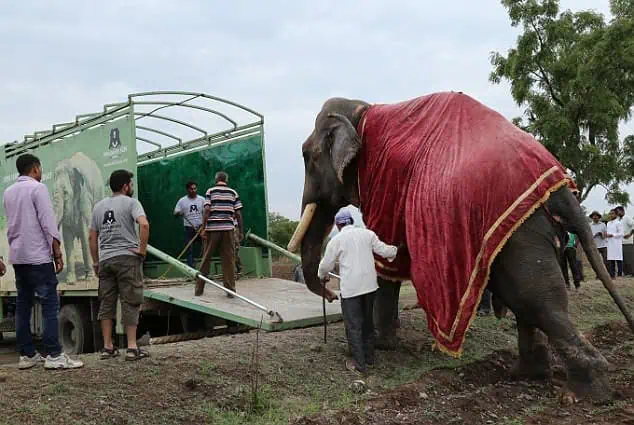
When he arrived at the Wildlife SOS sanctuary, something extraordinary happened. The chains that had bound him for 58 years were finally cut away. For the first time in his memory, Gajraj stood unshackled. He took cautious steps into open space — feeling soft earth beneath his feet instead of concrete.
There were no crowds. No drums. No commands. Only the sound of wind and birds — and the quiet breath of an elephant who had endured too much for too long.
Today, Gajraj spends his days under the care of veterinarians and keepers who ensure he knows peace in his final years. He wanders at his own pace, bathes in cool water, and rests in the shade. For a creature once worshipped and forgotten, it is not just rescue — it is redemption.
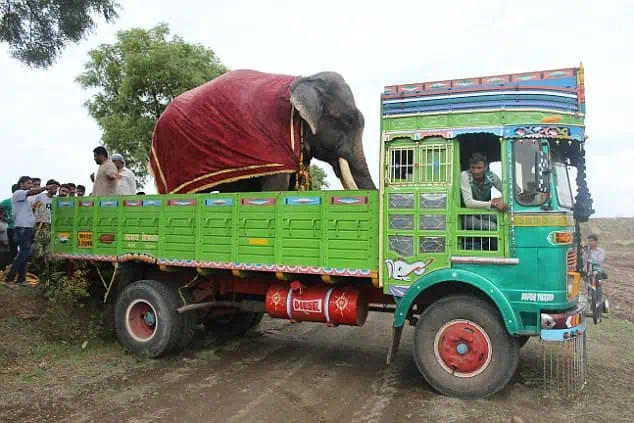
But Gajraj’s story is not unique. Across India, more than 600 temple elephants still live like he once did — chained, isolated, and worked until their bodies give out. They are used in processions, parades, and festivals, their suffering masked by devotion.
Filmmaker Sangita Iyer, who exposed this reality in Gods in Shackles, said it best:
“As a Hindu, I’m ashamed. We call them sacred, but what we do to them is anything but holy.”
Gajraj’s freedom stands as a reminder — that compassion cannot be selective, and reverence means nothing without mercy.
Because no being, no matter how sacred, should ever live a lifetime in chains.
